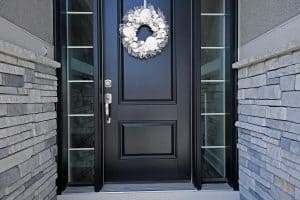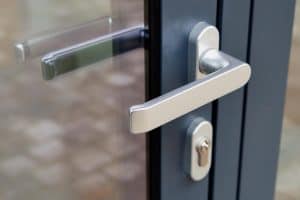A door knob tends to come loose over time with constant use. With passage door knobs, it's common for them to wear after a certain period due to frequent usage, but what should you do to fix them? We've looked into these concerns and summed up the answers in this post.
You can fix a passage door knob with the following methods, depending on where the problem lies:
- Tightening hidden set screws
- Fastening exposed faceplate screws
- Adjusting the spindle
Thoroughly examine the door knob to determine what needs fixing. You can usually do these fixes at home. If adjusting the individual parts does not solve the issue, it calls for a complete replacement.
Before looking into the problem with a passage door knob, it's vital to know how it works because it functions differently from other knobs. Knowing this also helps you understand how to disassemble the knob during a repair. Keep reading as we discuss how a passage door knob operates and the steps to follow when taking them apart.

How Do You Tighten A Passage Door Knob?
Passage door knobs commonly loosen due to frequent daily use. It usually takes a few basic steps to make the needed repairs and does not require too many tools during the process. Below are the different ways you can fix a loose passage door knob:
Tightening Hidden Set Screws
A door knob will loosely spin on the spindle when the set screw loses its grip on the handle spindle. If you encounter this, you will have to secure the screws back onto the spindle.
You will need to prepare either a screwdriver or wrench to tighten the screw.
Get this HORUSDY Allen wrench set on Amazon.
Once you have your tool, follow these steps:
- Locate the detent access hole on the knob. It is a spring-activated pin that prevents the knob from rotating.
- Once you find the pin, press down on it with a flathead screwdriver. Remove the handle from the spindle shaft.
- Pry the ring of the base slowly with a flathead screwdriver. Carefully work on this to prevent damage to the backing plate.
- You will find a set of screws running through the door that holds the lockset together. Hold onto the outside of the backing plate to keep it from moving while you tighten each screw.
- Place back the ring on the backing plate, then return the handle over the spindle shaft.
- To finish, turn the handle around until the holes line up with the detent. You will know it is secured once it clicks.
Fastening Exposed Faceplate Screws
For recent lockset models, it's more common for the faceplate and knob to come loose together. These door knobs will either have exposed or hidden screws.
To prepare, you should identify the appropriate type of screwdriver to use.
Check out this NoCry 14-in-1 mini screwdriver kit on Amazon.
When dealing with a door knob that comes with exposed screws, you can tighten these screws enough to keep the knob in place. Here is how to do it:
- Examine the door knob to determine how much the screws have loosened.
- Rethread the screws if they detached from the mounting threads on the other side of the door. If not, proceed to the next step.
- Take the proper screwdriver and secure the screws on the faceplate.
- If necessary, replace the screws with a new set.
Note that you shouldn't over-tighten them, as this could bind up the knob's inner mechanism and cause the knob to become unfunctional.
Adjusting The Spindle
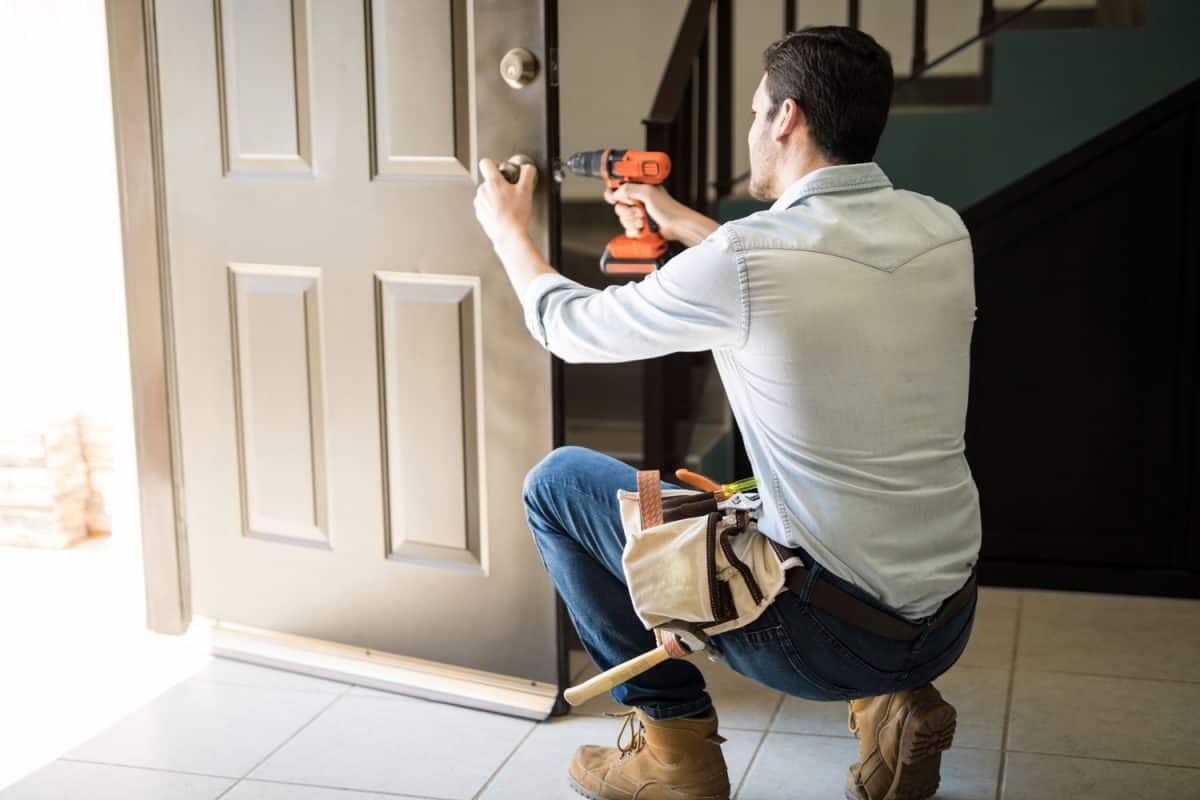
A loosened door knob can also be due to having a loose post. When this happens, you would have to shorten the distance of the spindle. Here is how it is done:
- Locate and loosen the set screw to let the knob move freely.
- To tighten it, turn the door knob clockwise.
- Adjust the knob until you achieve your preferred distance.
- Secure the set screw back to hold the door knob in place.
- Make sure to tighten it enough only to keep it operable. If you happen to make it too tight, half turn the knob until it fits better.
If the problem persists, you might have to replace the lockset completely.
See this Schlage Bowery passage lock knob on Amazon.
How Do You Disassemble A Passage Door Knob?
Certain issues may require you to take the door knob apart, especially when the problem calls for a full replacement. To do this, follow the steps listed below:
- Remove the knob by unscrewing any exposed screws. If there are none, look for the detent access hole and push down on it with a wrench.
- Once the screws are loosened, take off the screws on the faceplates.
- Take the out the door knob once complete.
- Carefully pry off the decorative plate, called the rose, to expose the screw holding the backing plate.
- Unscrew what you find to detach the assembly.
- Remove the previous knobs and the rest of the components. Take off any screws on the latch faceplate if necessary.
What Is A Passage Function Door Knob?
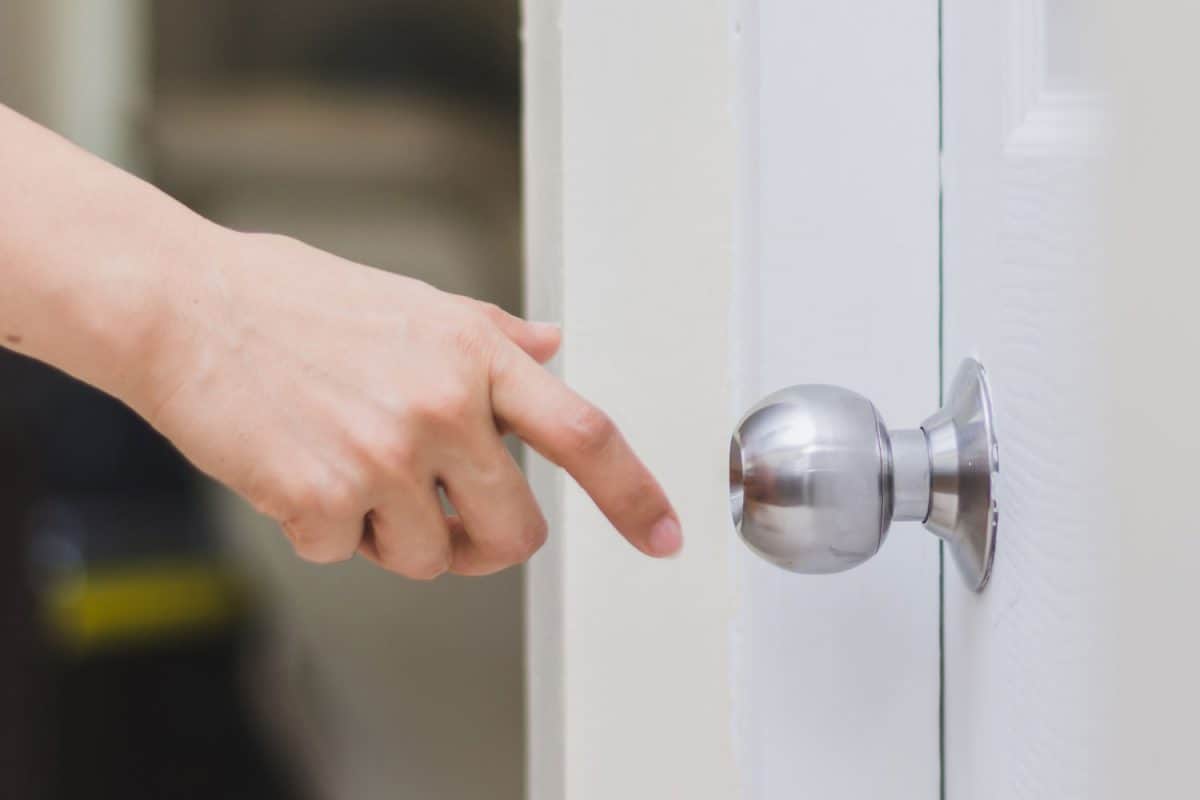
The purpose of a passage door knob is to keep a door secure enough to stay in place for rooms that don't require security. It focuses on using a latch to reduce movement while holding a door securely in place. And so, they are mainly used for interior doors.
When used inside a home, they go on doors that lead to rooms that should be easily accessible to everyone and do not need privacy. Although they can go on exterior doors, you will have to install additional security yourself.
Like the dummy door knob, they focus less on protection because of their operation. Instead, passage door knobs are used for decorative purposes to improve the overall aesthetic and appearance of the door.
Does A Passage Door Knob Turn?
A passage door knob can turn because of the latch. It is often compared to dummy door knobs as another handle option without a locking mechanism. But as opposed to a dummy door knob, you can turn a passage door knob.
For a deeper look into how dummy door knobs work, check out our post: Do Dummy Door Knobs Turn?
How Does A Passage Door Knob Work?
A passage door knob holds a door in place with a latch rather than a lock. This kind of mechanism allows smoother door operation and quick access to other areas of a home.
These knobs operate by unlatching them from the door frame. Passage door knobs do not have locks, meaning they do not protect from outside factors. You can install a deadbolt to give it a locking function without sacrificing its ease of use.
Because of how they work, passage door knobs are commonly found on interior doors that do not immediately require security or privacy. These include those in the hallway and closets.
Get further insight on passage door knobs by reading our post: Do Passage Door Knobs Turn?
In Summary
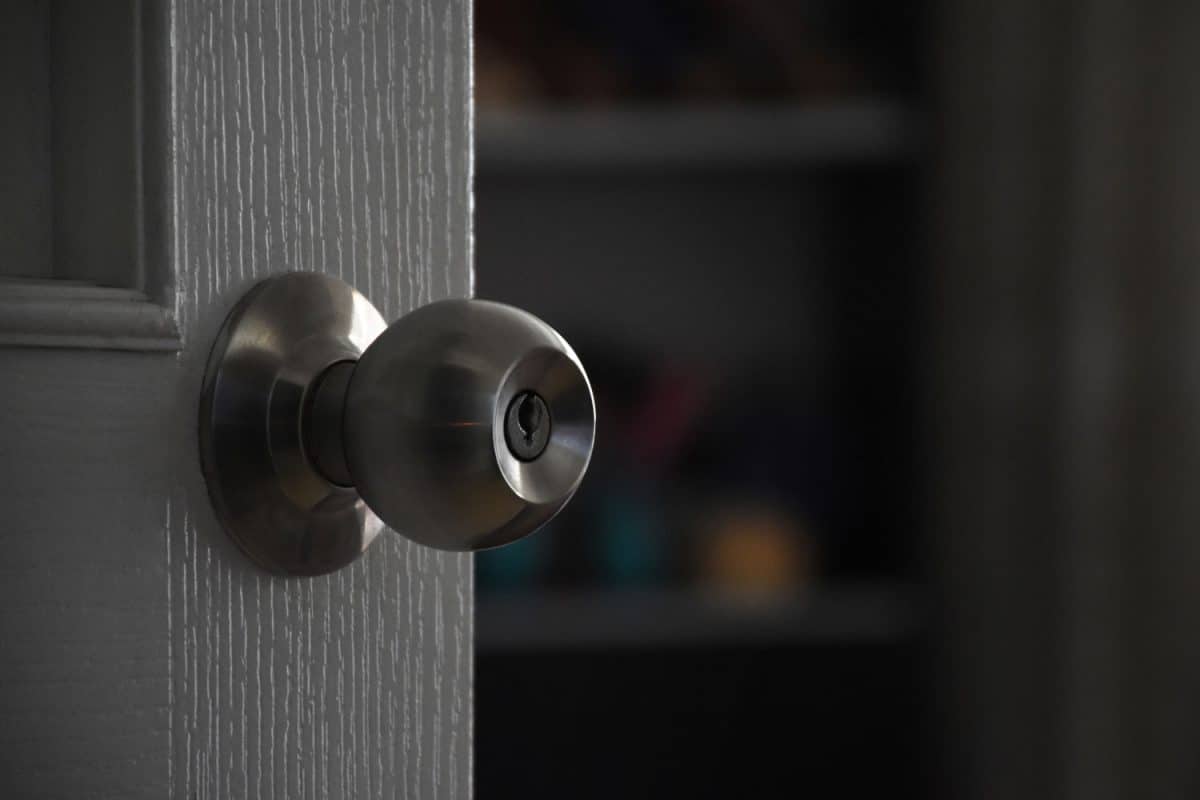
A passage door knob is frequent in homes with hallways or rooms that don't necessarily need high levels of protection. It works with a simple mechanism involving only a latch. If the knob comes loose, the repairs often require you to check and tighten the screws on either the knob or the faceplates.
In some cases, you would have to disassemble the knob to determine where to make the needed repairs.




